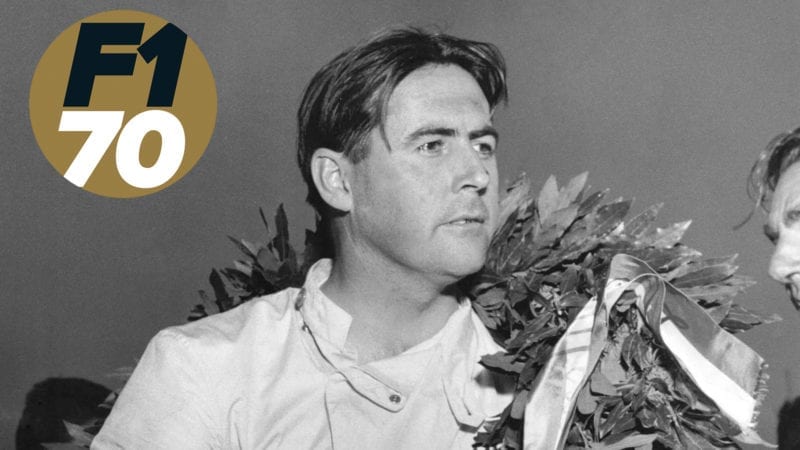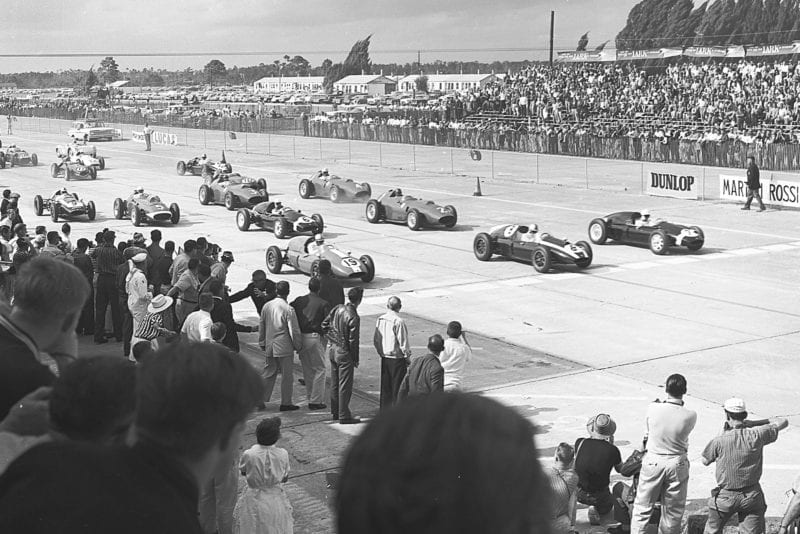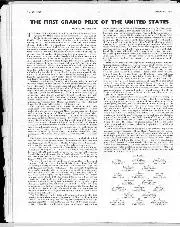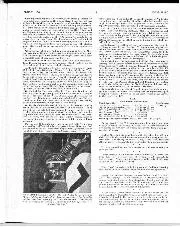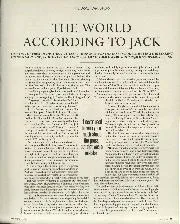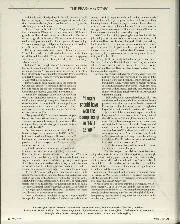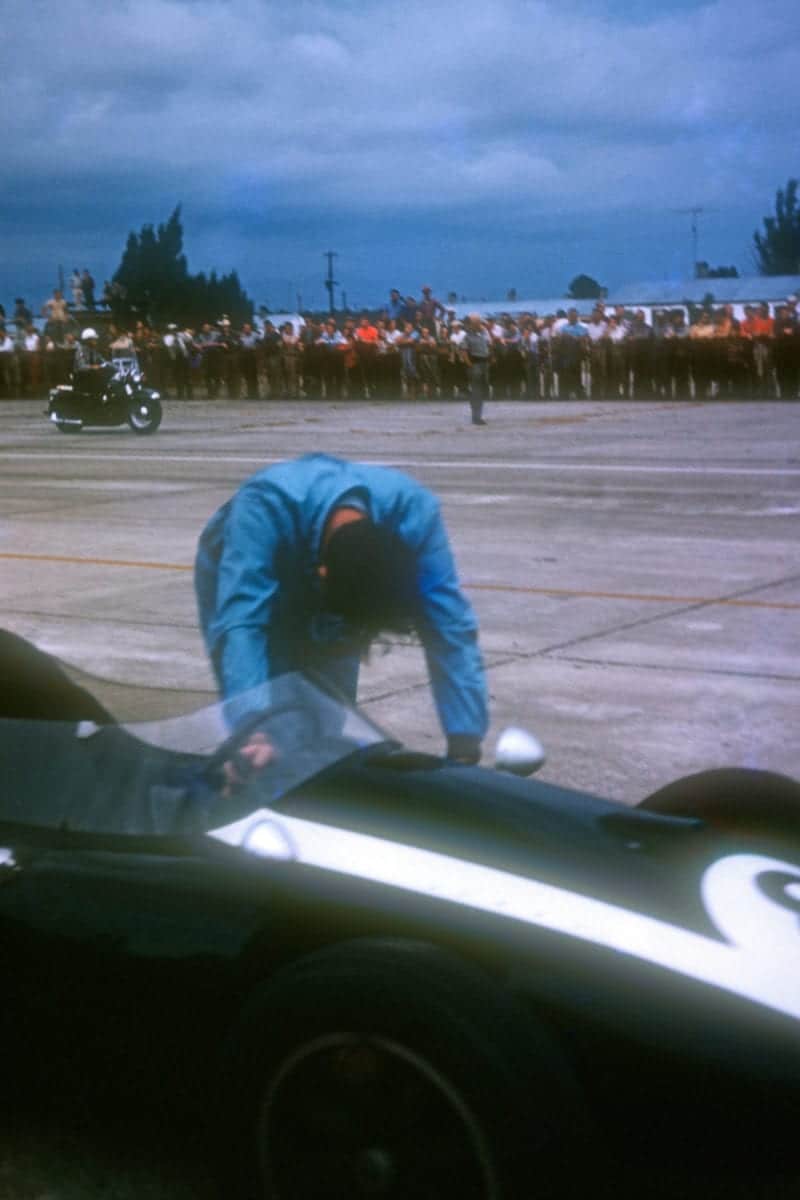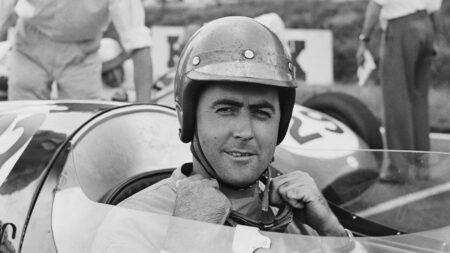Although Brabham got a better start, Moss muscled his way back in front at the first corner. By the start of lap five, the Brit’s lead had increased to ten seconds.
However, as was so often the case for Moss in his career, heartbreak soon struck. Heading into the chicane on the fifth tour, his gearbox failed.
David believes that there was more to this failure than just bad luck. Brabham, in correspondence with his Australian engineer friend Ron Tauranac, redesigned various parts of the Cooper car.
“Dad’s engineering nouse probably helped him win that championship more than anything because he had redesigned the gearboxes to make them more reliable.
“He had them for the works Cooper Cars but no-one else had them, everyone else had the standard gearboxes.
“Had Stirling had the Cooper work’s team gearbox, I think Dad would have been struggling to beat him.”
Via the not particularly rapid method of airmail, Jack and Ron would discuss improvements that could be made, before the latter then sent over his designs.
“I would redraw the dimensions, then airmail it back to him,” said Ron in an interview with Alan Morgan, “Jack got them into the car (design). I think John Cooper knew, but Charlie (Cooper, father of John and owner of company) didn’t. They just went to the draughtsman, Owen Maddocks, and fed the designs through the backdoor. It worked, so Charlie had to go along with it.”
Brabham hoped that fuel-efficiency would swing the race. It didn’t quite work out as he envisaged.
This attention to detail in the long-distance designs from Down Under paid rich dividends for Brabham.
“Jack was doing everything – he was more than a driver,” David recalls, “He would build the engines, he was that person in the pits – whereas Stirling and other drivers…they were drivers. They weren’t that involved in building and maintaining the cars. I think that was one of Dad’s advantages.
“In his era, understanding what a car can do, what it can’t do, how to nurse it, what the problem might be, gave him that consistency (as a driver).”
Jack and Ron’s search for performance through improved design would famously lead them to setting-up their own F1 team.
For now though, Jack had to concentrate on winning a race he was in control of.
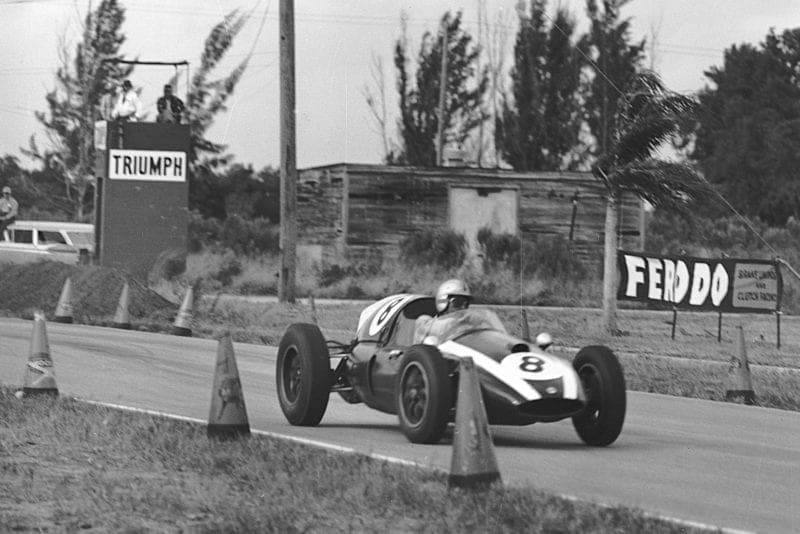
The hard work paying off: Brabham was in control at Sebring
Getty Images
A first corner altercation meant that Brooks was also out of contention – he had been rammed from behind by his Ferrari team-mate Wolfgang von Trips.
All Brabham had to do was put in a safe drive to win and bring home the championship. The hard work that had been put in throughout the year in improving the cars durability afforded him this luxury.
As his son points out, “Reliability in that season – and the following one – was huge in terms of helping him to win. Not just on on track with speed, but having the bigger picture of how to win the championship.”
With his main competitor out Brabham had his teammate, the young Kiwi Bruce McLaren, acting as his rear-gunner.
Mindful of being marginal on fuel, Brabham slowed, allowing McLaren to close up on him. The two ran in a high-speed Cooper convoy for the rest of the race.

The Brabham-McLaren convoy
DPPI
However, there was another reason behind the Australian slowing. In addition to fuel saving, Brabham was also keeping an eye on that of his team-mate.
McLaren was Brabham’s protege. After the New Zealander made his way over to the UK, it was Brabham who got him a driver at Cooper in 1958. By 1959, the youngster had already graduated up to the Grand Prix team.
“After the race, Bruce McLaren talked about how Jack backed off and waited for him,” David tells us. “When Bruce dropped back (during the race) by making some mistakes, Jack would pull back again and sort of tag him along.”
In trying to win a race, a championship, thinking about car design and helping Bruce, Jack was defining himself as the motor sport multitasker – in real time.
